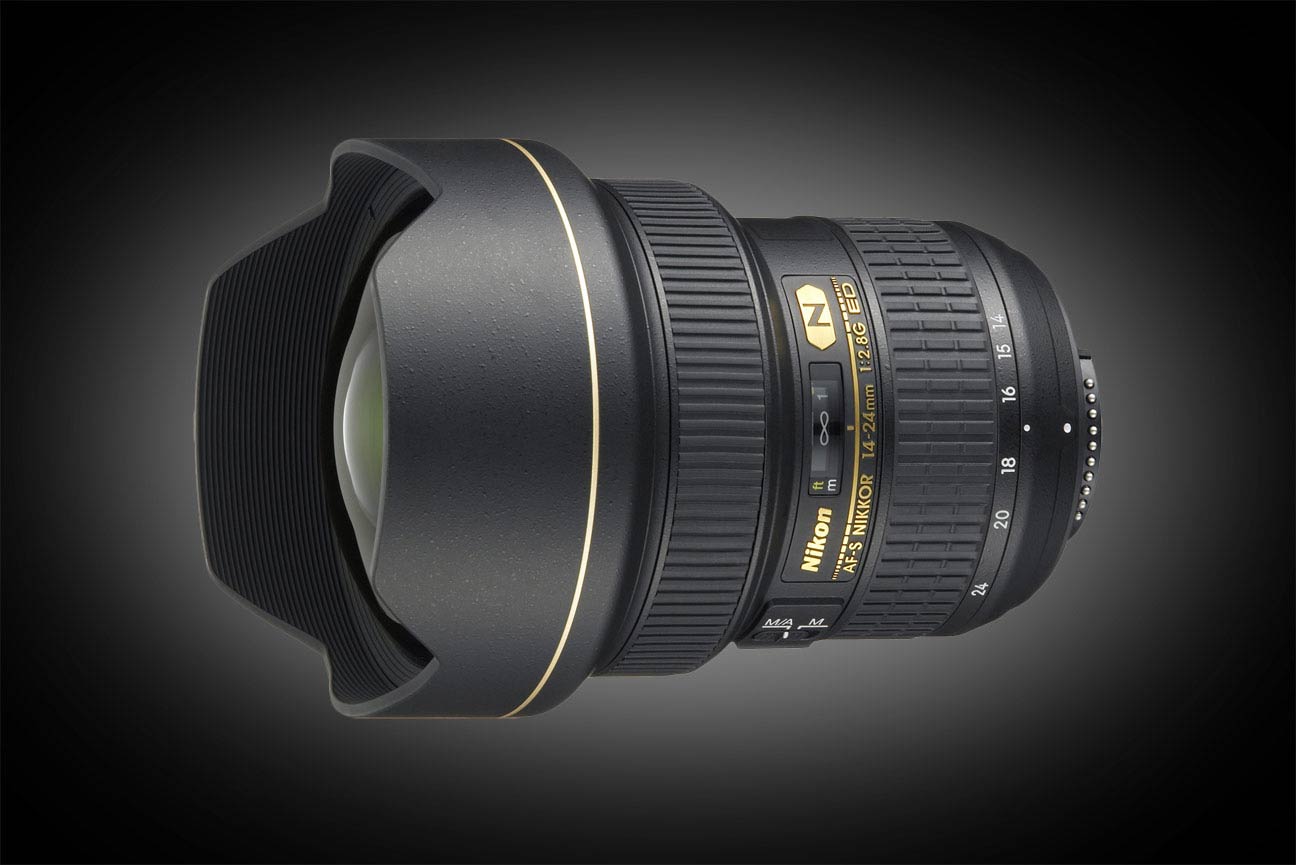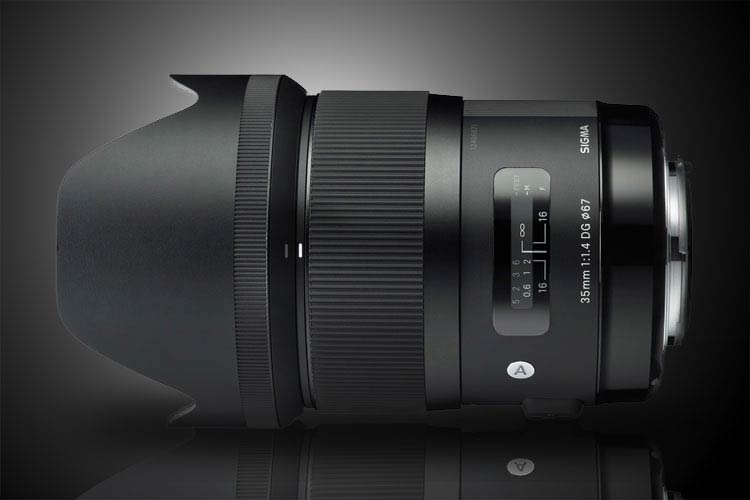As I write this, in the Spring of 2013, Nikon cameras support the highest resolution SLR sensors available. The Nikon D800 and D800e are renown for their super sharp 36 megapixel sensors, but the 24 megapixel sensors found in their APS-C line have an even higher pixel density (56% higher, in fact). Nikon’s removal of the anti-aliasing filters on the D800e and D7100 makes the potential for ultra-sharp images even greater.
The downside of using such remarkable sensors, however, is that they will reveal the weaknesses of the lenses placed in front of them. In order to get the most out of a high resolution sensor, you must use the best lenses available.
Nikon has recognized this and officially released a list of lenses that are well suited for use on the D800 and D800e. The official list contains the following Nikkor lenses:
- AF-S NIKKOR 14-24mm f/2.8G ED
- AF-S NIKKOR 24-70mm f/2.8G ED
- AF-S NIKKOR 70-200mm f/2.8G ED VR II
- AF-S NIKKOR 70-200mm f/4G ED VR
- AF-S NIKKOR 16-35mm f/4G ED VR
- AF-S NIKKOR 24-85mm f/3.5-4.5G ED VR
- AF-S NIKKOR 24-120mm f/4G ED VR
- AF-S NIKKOR 200-400mm f/4G ED VR II
- AF-S NIKKOR 24mm f/1.4G ED
- AF-S NIKKOR 28mm f/1.8G
- AF-S NIKKOR 35mm f/1.4G
- AF-S NIKKOR 85mm f/1.4G
- AF-S NIKKOR 85mm f/1.8G
- AF-S NIKKOR 200mm f/2G ED VR II
- AF-S NIKKOR 300mm f/2.8G ED VR II
- AF-S NIKKOR 400mm f/2.8G ED VR
- AF-S NIKKOR 500mm f/4G ED VR
- AF-S NIKKOR 600mm f/4G ED VR
- AF-S Micro NIKKOR 60mm f/2.8G ED
- AF-S VR Micro-Nikkor 105mm f/2.8G IF-ED
- PC-E NIKKOR 24mm f/3.5D ED
- PC-E Micro NIKKOR 45mm f/2.8D ED
- PC-E Micro NIKKOR 85mm f/2.8D
It will come as no surprise that these are also the most expensive lenses that Nikon produces.
In addition to these lenses, several 3rd-party lenses are available that are as sharp or sharper than their Nikon counterparts. These include:
- Sigma 35mm f/1.4 “ART”
- Sigma 50mm f/1.4 “ART”
- All of the other Sigma ART series lenses
- Sigma 150mm f/2.8 AF APO EX DG OS HSM Macro
I’ll add additional lenses as I think of them.





